Disaster relief: what really works?
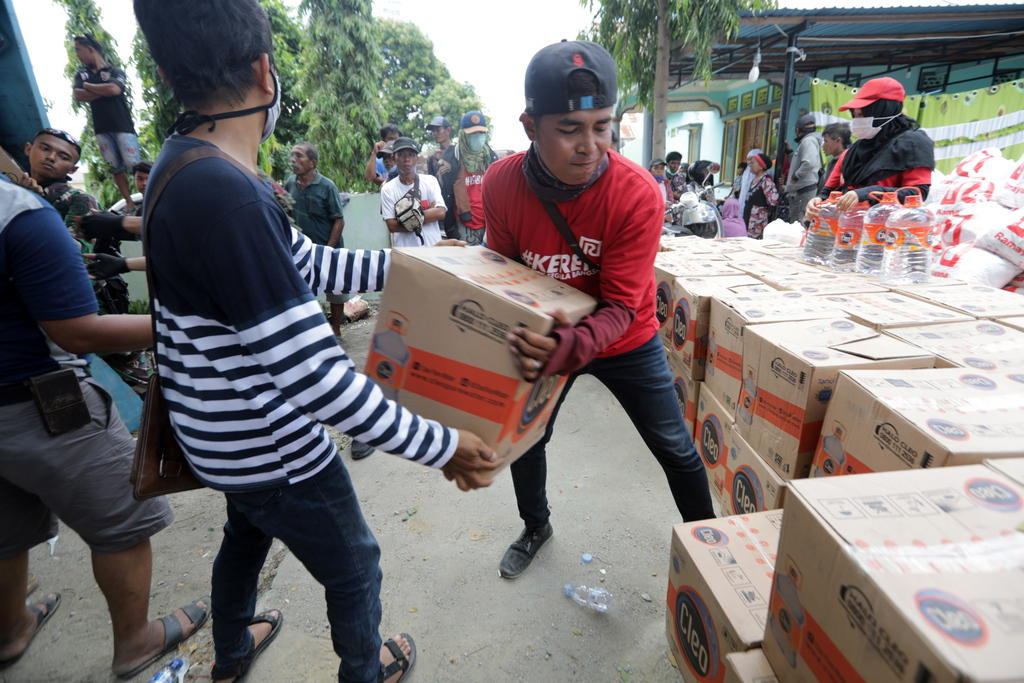
Seven years ago, I landed on the island of Haiti, part of a group of journalists who had been invited by United Nations and European Union agencies to look at relief efforts over a year after a major earthquake had devastated the country.
Large parts of the capital Port-au-Prince were still in rubble and 700,000 people were still living in makeshift camps. Tents and tarpaulins that had been rushed in after the earthquake were starting to rot in the fierce sun and torrential rain.
In other parts of town, vast mounds of clothing lined the roadsides: faded ‘My Little Pony’ shoes, endless pairs of wrinkled jeans, a Henley Regatta polo shirt, another with the badge of Kent County Cricket Club. Here and there, young men half-heartedly tried to sell these things.
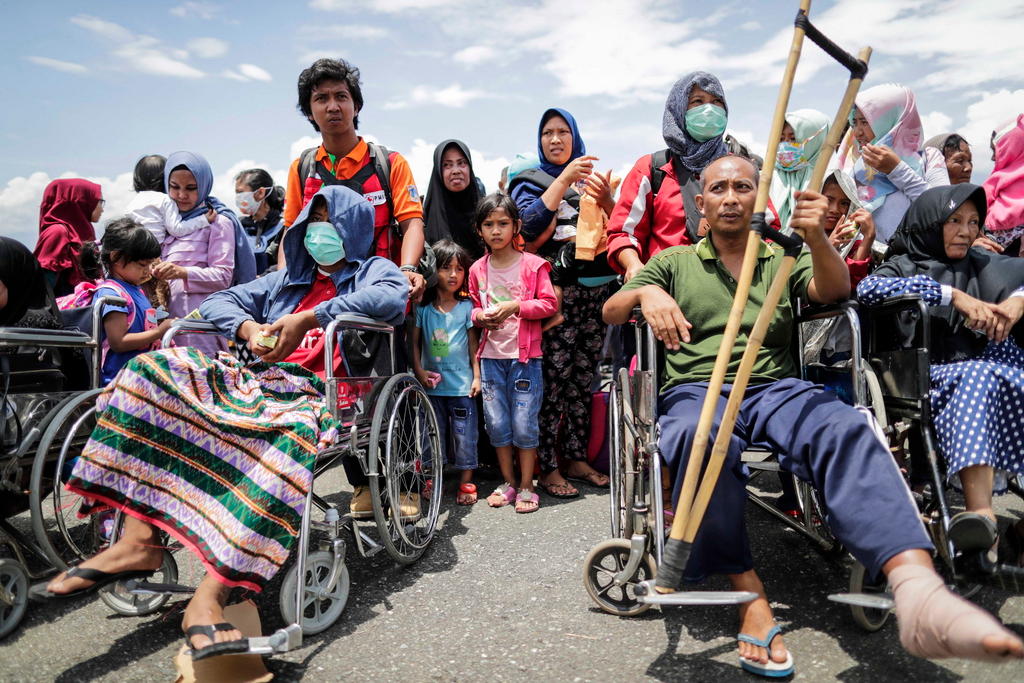
More
Switzerland raises CHF6.2 million for Indonesia earthquake tragedy
In the central market, business was brisker: bags of USAID rice and flour were stacked up in pyramids, like the clothes, not humanitarian gifts as had originally been intended, but for sale.
Where’s the aid?
In the first days after Haiti’s earthquake struck, the media headlines were dominated by one question ‘where is the aid’?
Concerned citizens around the world watched Haitian children who had lost their homes, their parents, their schools, begging for help, and sent what they could.
Watching the media coverage of the current crisis after last month’s devastating 7.5-magnitude earthquake and tsunami on the Indonesian island of Sulawesi, I was reminded of those Haiti headlines, and what I saw over a year later.
In Indonesia the overriding theme seems to be the same: ‘where is the aid and why is it taking so long to arrive?’
Seasoned UN aid workers suggest this is the wrong question. “Journalists can travel very easily,” says Jan Egeland, who was the UN Under Secretary General for Humanitarian Affairs and Emergency Relief during the Asian tsunami of 2004.
“They are always very surprised when there isn’t an [immediate] large-scale relief programme.”
In fact, as Egeland points out, international aid rarely arrives in the first week, and this is precisely to avoid the Haiti situation, in which tonnes of unnecessary items, second-hand clothes for example, are shipped into a disaster zone.
“One thing we have learnt is do not ask for things before there is an assessment: of needs, transport, communication lines, logistical capabilities,” he explains.
“Because you will end up with well-meaning nations sending things that are less needed that clog up the few roads and the one airfield, so that what is really needed in the first phase can’t get through.”
Local first responders
Media coverage which focuses on international aid also downplays the key role of first responders, suggests Jesper Lund, who is head of Emergency Services at the UN’s Office for the Coordination of Humanitarian Affairs.
“We have to recognize that the first people to help are the people themselves: neighbours, family, friends,” he explains.
This is especially true in an earthquake; the lives of those trapped are generally saved in the first 24 hours, begging the question of whether sending European search-and-rescue teams to Sulawesi days after the earthquake struck is useful.
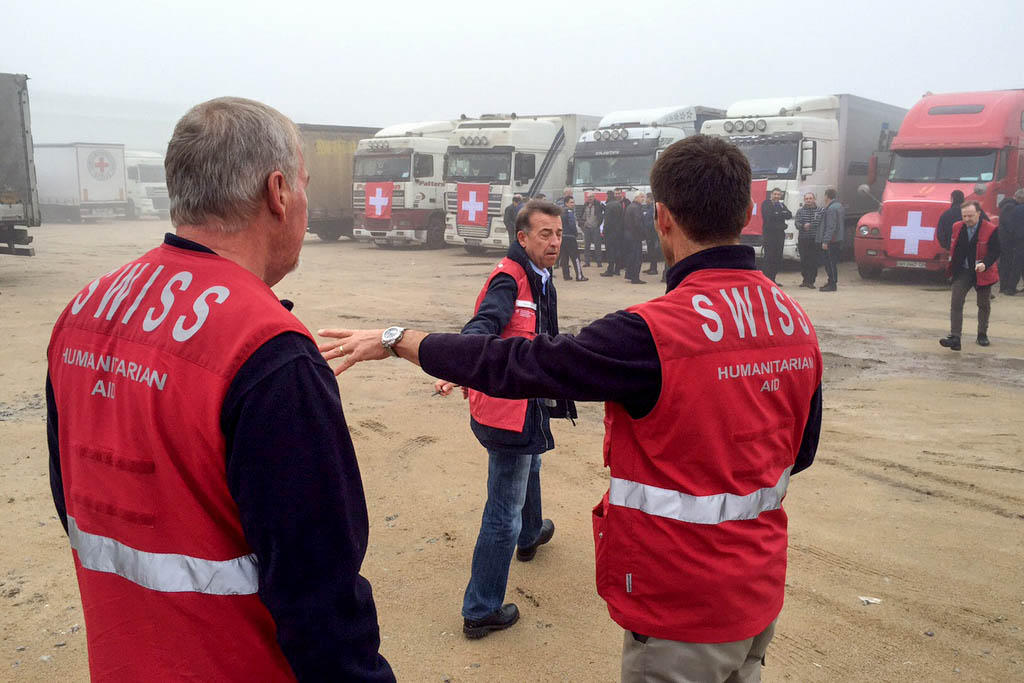
More
Swiss humanitarian aid unit: rapid response experts for crisis zones
Here too Lund, who has worked in the aftermath of earthquakes in Turkey, Haiti, and Nepal, believes media coverage can be misleading, and even damaging.
Within hours of the search-and-rescue operation being called off following Nepal’s 2015 earthquake he says, “there were journalists standing on piles of rubble saying there were still people underneath”.
The assessment, by Nepalese authorities together with search-and-rescue experts, that there was little chance of finding anyone alive, and that the focus had to shift to medical support and clean water supplies, was not as good a story as a grieving family desperate to believe a missing loved one could still be alive.
National pride
Another factor in aid delivery is how much control the national government wants to have of the situation. Some countries prefer to try to deal with catastrophes themselves and refuse outside help.
“It’s part of showing your development status that you can handle disasters yourself,” says Lund. “The days when a country said help and the cavalry came in are kind of over.”
Following the earthquake on the island of Lombok in August, Indonesia’s government refused international aid. When the more severe earthquake and tsunami hit Sulawesi, the government waited several days before agreeing to limited aid, leaving some UN officials “frustrated”.
Jakarta has issued strict guidelines about international support for Sulawesi. Each donor country must be clear about what it can offer, and get approval from the government before flying in. Asian countries, Indonesia’s neighbours, are being prioritised over European offers.
So, is this a good strategy? “To some degree,” says Lund. “As long as everyone understands how it works and the decision making is timely. It’s definitely the future.”
Reconstruction
In fact, UN aid agencies are increasingly focusing their disaster relief efforts on recovery and reconstruction. A detailed evaluation of the aid operation following the 2004 Indian Ocean tsunami and earthquake was, Jan Egeland points out, that “the international community needs a fundamental reorientation from supplying aid to supporting and facilitating communities’ own relief and recovery priorities.”
It’s not as glamorous as pulling children out of the rubble of course. Donating funds to support Indonesian fishermen to return to work may not, for some at least, feel as meaningful as sending a much-loved polo shirt to Haiti, but it is more effective.
Nevertheless, Jesper Lund suggests that even here, aid efforts can be undermined by western misconceptions of what the needs are. Why offer “trawlers”, he asks, when what Indonesian fishermen traditionally use are simple nets.
Sophisticated water purification plants whose parts, if they break or wear out, must be shipped in from Europe or America are another example, he says, of aid which misses the target.
“We have to understand that people’s needs are their perception of their needs… our role as international actors is to complement national and local efforts,” he says.
Disaster preparedness
One thing the international community focused on, in the wake of the 2004 Indian Ocean tsunami, was disaster preparedness. Earthquake, hurricane, or flood-prone countries need to be ready with their plans for a major natural disaster in place long before it happens.
For this reason, Jan Egeland is especially disappointed that Indonesia’s tsunami early-warning system, which should have monitored sea levels immediately after the earthquake, did not work properly.
“That was one of the things we discussed most back in 2005 and 2006,” he says. “To have an early-warning system that would be able to give the local population a warning of a tsunami so that they could escape the coastline.”
Lessons are always learnt following major humanitarian disasters; in the chaos, panic, and desperate rush to save lives that immediately follow, mistakes will be made.
But, perhaps for Indonesia’s government, and the international community, one lesson that could be learnt from Sulawesi’s devastation is that working together on disaster preparedness and working together to maintain the early-warning systems, could save many lives.
You can follow Imogen Foulkes on twitter at @imogenfoulkes, and send her questions and suggestions for UN topics.

In compliance with the JTI standards
More: SWI swissinfo.ch certified by the Journalism Trust Initiative

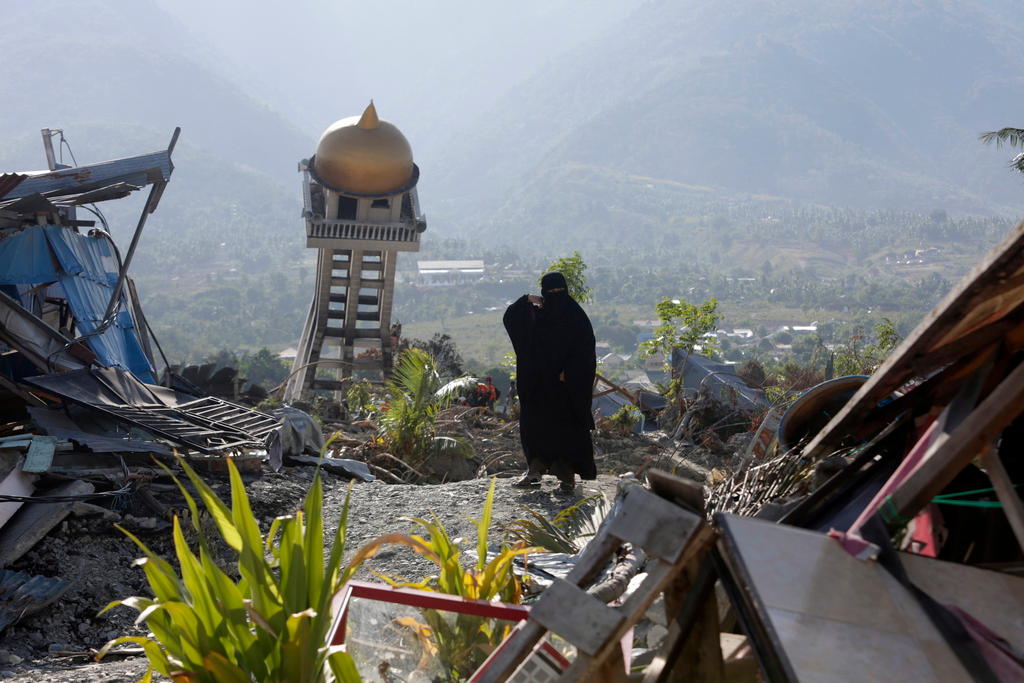
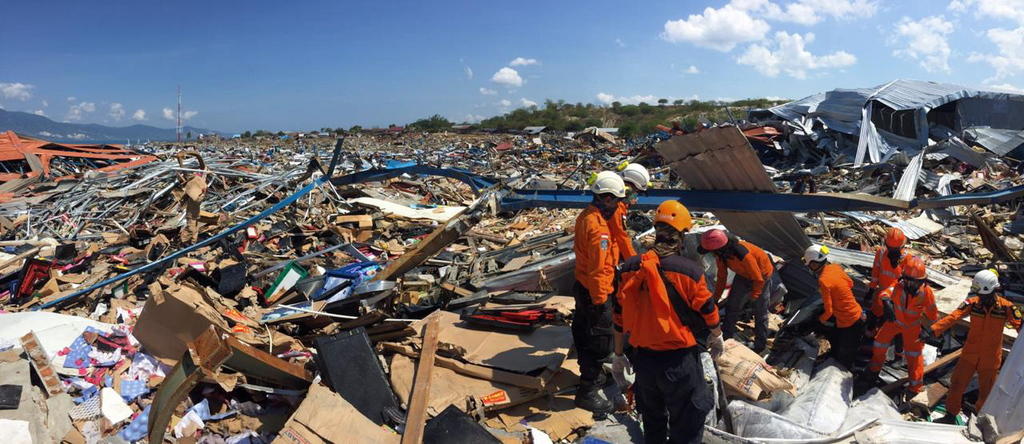
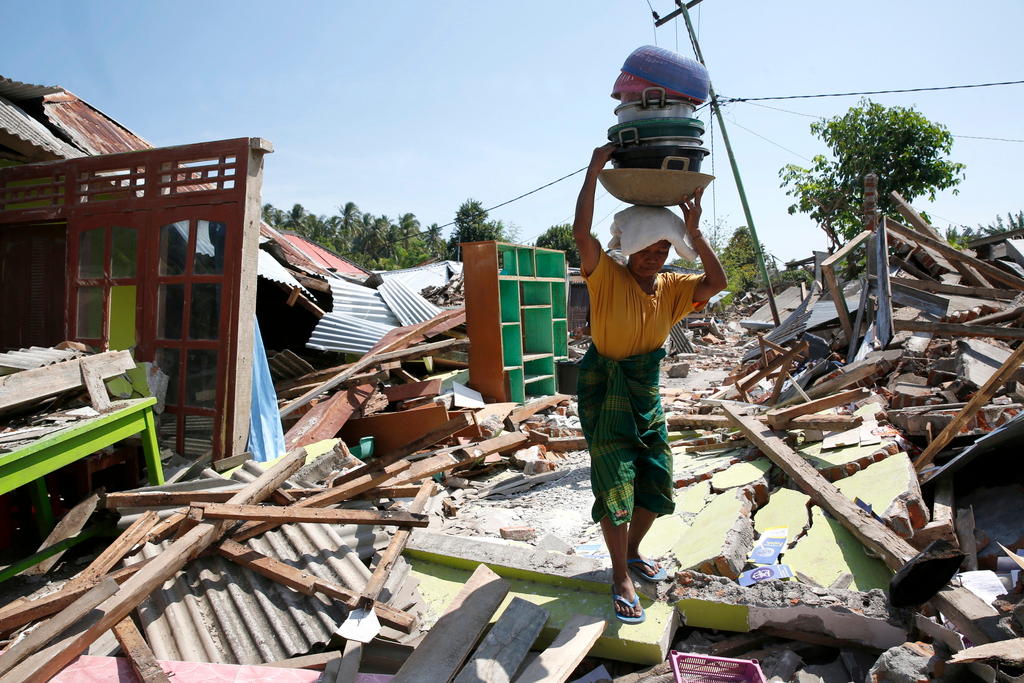
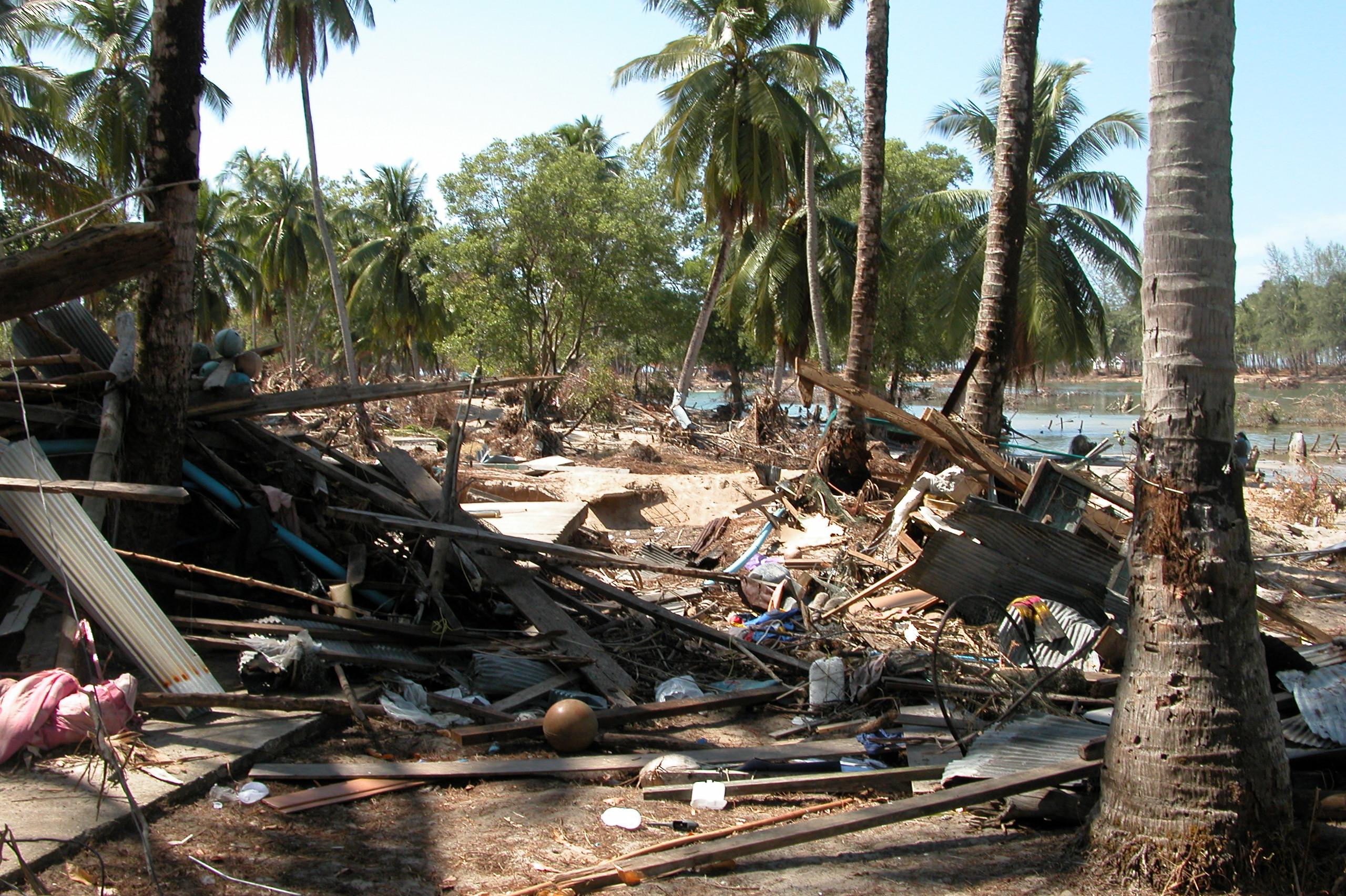
You can find an overview of ongoing debates with our journalists here. Please join us!
If you want to start a conversation about a topic raised in this article or want to report factual errors, email us at english@swissinfo.ch.